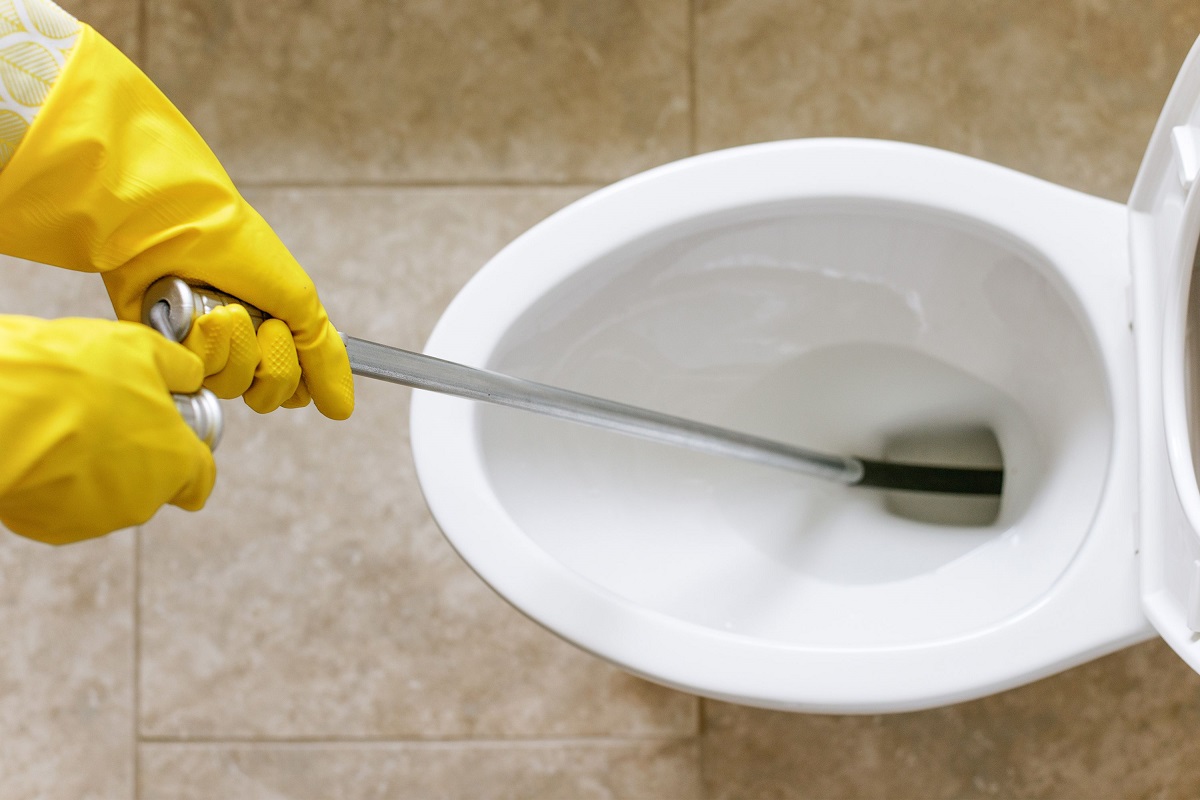

Articles
How To Use Toilet Auger
Modified: October 20, 2024
Learn how to effectively use a toilet auger with our informative articles. Find step-by-step guides and troubleshooting tips to solve your plumbing issues.
(Many of the links in this article redirect to a specific reviewed product. Your purchase of these products through affiliate links helps to generate commission for Storables.com, at no extra cost. Learn more)
Introduction
Welcome to our comprehensive guide on how to use a toilet auger. Dealing with a clogged toilet can be a frustrating experience, but with the right tools and techniques, you can easily unclog it and restore proper functionality. A toilet auger, also known as a plumber’s snake or a closet auger, is a handy tool specifically designed for clearing toilet clogs.
In this article, we will walk you through the step-by-step process of using a toilet auger effectively. Whether you are a homeowner tackling a clog on your own or a professional plumber looking for a refresher, this guide will provide you with the knowledge and insights you need to get the job done efficiently and safely.
Before diving into how to use a toilet auger, it’s important to understand what it is and how it works.
Key Takeaways:
- Using a toilet auger effectively can save time and money by quickly resolving stubborn clogs. It’s a valuable tool for homeowners and professionals, providing a more direct approach to clearing drains than a plunger.
- Remember to follow safety precautions and seek professional help if needed when using a toilet auger. Alternative methods like plunging and using hot water can serve as temporary solutions for minor clogs.
Read also: 13 Best Toilet Auger for 2025
What is a Toilet Auger?
A toilet auger is a specialized plumbing tool designed to clear stubborn clogs in toilets. It consists of a flexible cable or snake that is housed inside a long, sleeve-like tube. The cable is typically made of steel or other durable material and has a coiled end, which helps to break up and remove the blockage.
The sleeve, or tube, is known as the auger’s canister or drum. It provides stability and control while using the tool. The canister also houses a handle at one end and a rotating mechanism at the other, allowing you to manually control the cable’s movement.
Unlike a regular plunger, which relies on pressure to dislodge clogs, a toilet auger works by physically breaking up and removing the blockage. This makes it an effective tool for dealing with more stubborn or deep-seated clogs that a plunger may not be able to handle.
When properly used, a toilet auger can save you both time and money by quickly resolving a clogged toilet without the need for professional help. It is a valuable addition to any homeowner’s toolkit and an essential tool for plumbers and maintenance professionals.
Now that you know what a toilet auger is, let’s explore the situations in which you might need to use one.
When Do You Need a Toilet Auger?
There are several scenarios where using a toilet auger can be beneficial in clearing a clogged toilet. Here are some common situations:
- Persistent Clogs: If you have a toilet that frequently gets clogged, even after using a plunger, it may indicate a more stubborn blockage. In such cases, a toilet auger can reach deeper into the drain and effectively break up the clog.
- Slow-Draining Toilet: If your toilet is draining slowly or the water level in the bowl rises higher than normal after flushing, it could be a sign of a partial clog. A toilet auger can help dislodge the obstruction and restore normal drainage.
- Foreign Object Removal: Accidentally flushing items such as toothbrushes, small toys, or jewelry down the toilet can lead to a blockage. In these cases, a toilet auger can be used to retrieve the lost item and clear the pipe.
- Tree Root Intrusions: In rare cases, tree roots or other vegetation may infiltrate the sewer line and cause a blockage in the toilet. A toilet auger, with its rotating action, can break through the roots and restore proper flow.
- Professional Plumbing Jobs: Plumbers and maintenance professionals often use toilet augers as a standard tool for handling toilet clogs. If you work in the plumbing industry, having a toilet auger in your arsenal is essential for tackling various types of toilet blockages.
While a plunger can often resolve minor toilet clogs, a toilet auger is your go-to tool for more stubborn or persistent blockages. It provides a more direct and forceful approach to clearing the drain, ensuring a thorough removal of the obstruction.
Now that we have established when you might need a toilet auger, let’s move on to the next section to learn how to use it effectively.
Step-by-Step Guide: How to Use a Toilet Auger
Using a toilet auger may seem intimidating at first, but with the right technique and a little practice, you can quickly become proficient in clearing toilet clogs. Follow these step-by-step instructions to use a toilet auger effectively:
- Gather Your Materials: Before you begin, make sure you have all the necessary materials ready. This includes a toilet auger, rubber gloves, and possibly a bucket or towels to protect your bathroom floor.
- Insert the Auger into the Toilet: Put on your rubber gloves and position the coiled end of the toilet auger into the toilet bowl. Gently guide it into the drain hole until you feel resistance.
- Rotate the Auger Handle: Begin rotating the handle of the toilet auger clockwise. This motion will extend the cable into the drain and break up the clog. Keep the rotation steady and exert gentle pressure as you work the auger deeper into the drain.
- Continue Auger Rotation: As you encounter resistance, keep rotating the auger handle in a clockwise direction. This action will help the cable grab onto the blockage and break it up further. Avoid using excessive force to prevent damaging the toilet or pipe.
- Retract and Repeat: Once you believe the clog has been broken up, slowly retract the auger by rotating the handle counterclockwise. This movement should help bring the dislodged debris back up the drain. Repeat the process of insertion, rotation, and retraction as needed until the toilet is fully unclogged.
- Flush and Clean Up: After successfully clearing the clog, flush the toilet to ensure it is draining properly. Dispose of any waste or debris collected during the process in a sanitary manner. Clean the toilet auger thoroughly before storing it.
Remember, using a toilet auger requires patience and careful execution. Take your time and follow the steps closely to avoid causing further damage or creating a mess in your bathroom.
Now that you know how to use a toilet auger, let’s move on to some precautions and safety tips to keep in mind.
When using a toilet auger, make sure to wear gloves and protective eyewear. Insert the auger into the toilet drain and rotate the handle to break up and remove clogs. Be gentle to avoid damaging the porcelain.
Precautions and Safety Tips
While using a toilet auger is generally safe, it’s important to follow some precautions to avoid injury or damage. Here are some key safety tips to keep in mind:
- Wear Protective Gear: Before starting, always put on rubber gloves to protect your hands from contact with germs and waste materials.
- Use the Right Auger: Ensure that you are using a toilet auger specifically designed for toilets. Using improper tools can cause damage to the toilet bowl or plumbing system.
- Read the Instructions: Familiarize yourself with the manufacturer’s instructions for the specific toilet auger you are using. Each auger may have specific guidelines or features to be aware of.
- Avoid Excessive Force: Use gentle and steady pressure when rotating the auger handle. Applying excessive force can damage the toilet or pipe.
- Be Mindful of Surroundings: Take care not to knock over or damage any items near the toilet while using the auger. Clear the area and make sure there is enough space to maneuver the tool.
- Do Not Flush repeatedly: Avoid flushing the toilet repeatedly if the water level does not go down after the first few attempts. This can cause overflowing and further complications.
- Do Not Mix Chemicals: Never combine chemical drain cleaners with the use of a toilet auger. Chemical reactions can occur, resulting in hazardous fumes or other potentially dangerous situations.
- Seek Professional Help if Needed: If you are uncomfortable using a toilet auger or have doubts about the nature of the clog, it is wise to seek assistance from a professional plumber to avoid any further damage.
By following these precautions and safety tips, you can mitigate risks and effectively use a toilet auger to clear clogs without causing harm to yourself or your plumbing system.
Now that you are equipped with the knowledge of precautions and safety tips, let’s move on to troubleshooting common issues that may arise while using a toilet auger.
Read more: What Can I Use To Unclog A Toilet
Troubleshooting Common Issues
While using a toilet auger can effectively clear most toilet clogs, there may be instances where you encounter some issues. Here are some common problems that can arise and how to troubleshoot them:
- Auger Gets Stuck: If the auger gets stuck in the toilet drain, refrain from forcing or pulling it aggressively. Instead, try gently rotating it back and forth while applying light pressure to dislodge the blockage. If the auger remains stuck, it’s best to seek help from a professional plumber.
- Ineffective Auger Rotation: If the auger does not rotate freely or becomes difficult to turn, it may be due to a tight bend or obstruction in the toilet drain. Try retracting the auger slightly and repositioning it to find a better angle for effective rotation.
- Clog Not Fully Cleared: In some cases, the toilet auger may not completely clear the clog on the first attempt. If this happens, repeat the process of insertion, rotation, and retraction until the clog is fully cleared. You may need to be patient and persistent with stubborn blockages.
- Visible Damage to the Toilet Bowl: If you notice any visible damage, such as scratches or cracks, on the toilet bowl surface while using the auger, stop immediately to prevent further harm to the toilet. Contact a professional plumber to assess the extent of the damage and recommend appropriate repairs.
- Water Overflow: If water starts to overflow from the toilet bowl during the auger process, stop rotating immediately and reduce the water flow by turning off the water supply valve near the base of the toilet. Use a plunger to control the water level and remove excess water before continuing.
Remember, if you encounter persistent issues or if you are unsure about the best course of action, it is always wise to seek the assistance of a professional plumber. They have the expertise and equipment to handle more complex clogs or potential damage.
Now that we’ve covered troubleshooting common issues, let’s explore some alternative methods for clearing toilet clogs.
Alternative Methods for Clearing Toilet Clogs
While a toilet auger is a highly effective tool for clearing toilet clogs, there are some alternative methods you can try if you don’t have access to an auger or if the clog is minor. Here are a few alternative approaches:
- Plunger: Using a plunger is one of the most common methods for clearing toilet clogs. Create a seal around the drain opening with the plunger, then push and pull vigorously to create pressure and dislodge the blockage. Repeat the process several times if necessary.
- Hot Water and Dish Soap: Boil a large pot of water and add a few tablespoons of dish soap. Carefully pour the hot water into the toilet bowl, then let it sit for a few minutes. The heat and soap combination can help break down and dissolve the clog. Follow up with a few plunges to further clear the drain.
- Baking Soda and Vinegar: Mix equal parts baking soda and vinegar in a cup or bowl. Pour the mixture into the toilet bowl and let it fizz and bubble for a few minutes. The chemical reaction can help loosen and dissolve the clog. Follow up with a plunger or hot water to flush out the debris.
- Enzyme Drain Cleaners: Enzyme-based drain cleaners can be effective in breaking down organic matter causing the clog. Follow the instructions on the product label and allow the cleaner to sit in the toilet bowl for the recommended time. Flush the toilet afterward to clear the debris.
- Wire Hanger: If you don’t have an auger handy, you can straighten out a wire coat hanger and create a small hook at one end. Insert the hook end into the toilet drain and gently fish out the blockage. Be careful not to scratch the toilet bowl with the wire.
These alternative methods can be effective for minor clogs or as temporary solutions until you can access a toilet auger or seek professional help.
Remember, these methods may not be as effective for more stubborn or deeply rooted clogs. In such cases, using a toilet auger or consulting a professional plumber is the recommended course of action.
Now that you have a variety of approaches for clearing toilet clogs, let’s conclude our guide.
Conclusion
Unclogging a toilet may not be the most enjoyable task, but with the right tools and techniques, it can be a relatively simple process. In this comprehensive guide, we have explored the steps involved in using a toilet auger effectively to clear stubborn clogs. From understanding what a toilet auger is to troubleshooting common issues, we hope that this guide has provided you with the knowledge and confidence to tackle toilet clogs on your own.
A toilet auger is a valuable tool that can save you time, money, and the hassle of calling a plumber. By following the step-by-step instructions outlined in this guide, you can utilize the auger’s rotating motion to break up and remove clogs, restoring proper functionality to your toilet.
However, it is important to remember the precautions and safety tips associated with using a toilet auger. Wearing protective gear, using the right auger, and being mindful of your surroundings are essential for both your safety and the well-being of your plumbing system.
If you encounter any issues, such as the auger getting stuck or the clog not fully clearing, don’t hesitate to seek professional assistance. Plumbers have the expertise and specialized equipment to handle more complex clogs and potential damage.
Additionally, we discussed some alternative methods for clearing toilet clogs, including plunging, using hot water and dish soap, or creating a chemical reaction with baking soda and vinegar. These methods can serve as temporary solutions or options for minor clogs when a toilet auger is not readily available.
Remember, regular maintenance can help prevent future toilet clogs. Avoid flushing items that can cause blockages, such as sanitary products or excessive toilet paper. Keeping your plumbing system in good condition will reduce the likelihood of encountering clogs in the future.
With the knowledge gained from this guide, you are now equipped to handle toilet clogs confidently. So, take charge, follow the steps, and bid farewell to those frustrating toilet clogs!
Frequently Asked Questions about How To Use Toilet Auger
Was this page helpful?
At Storables.com, we guarantee accurate and reliable information. Our content, validated by Expert Board Contributors, is crafted following stringent Editorial Policies. We're committed to providing you with well-researched, expert-backed insights for all your informational needs.
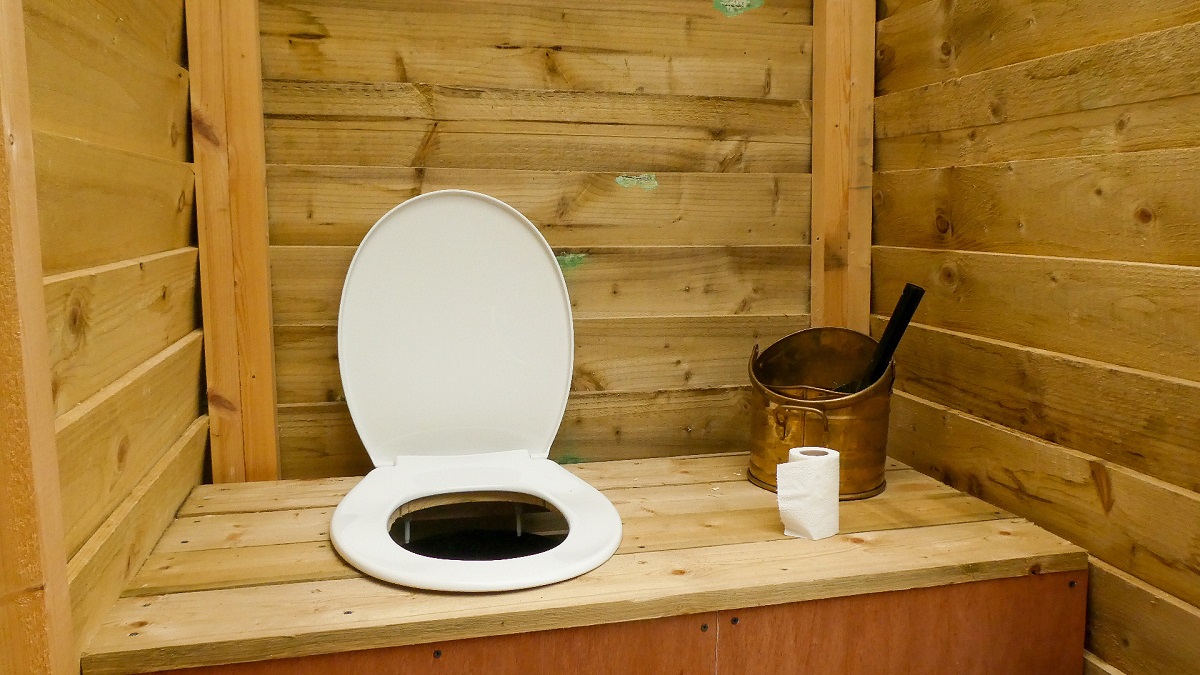
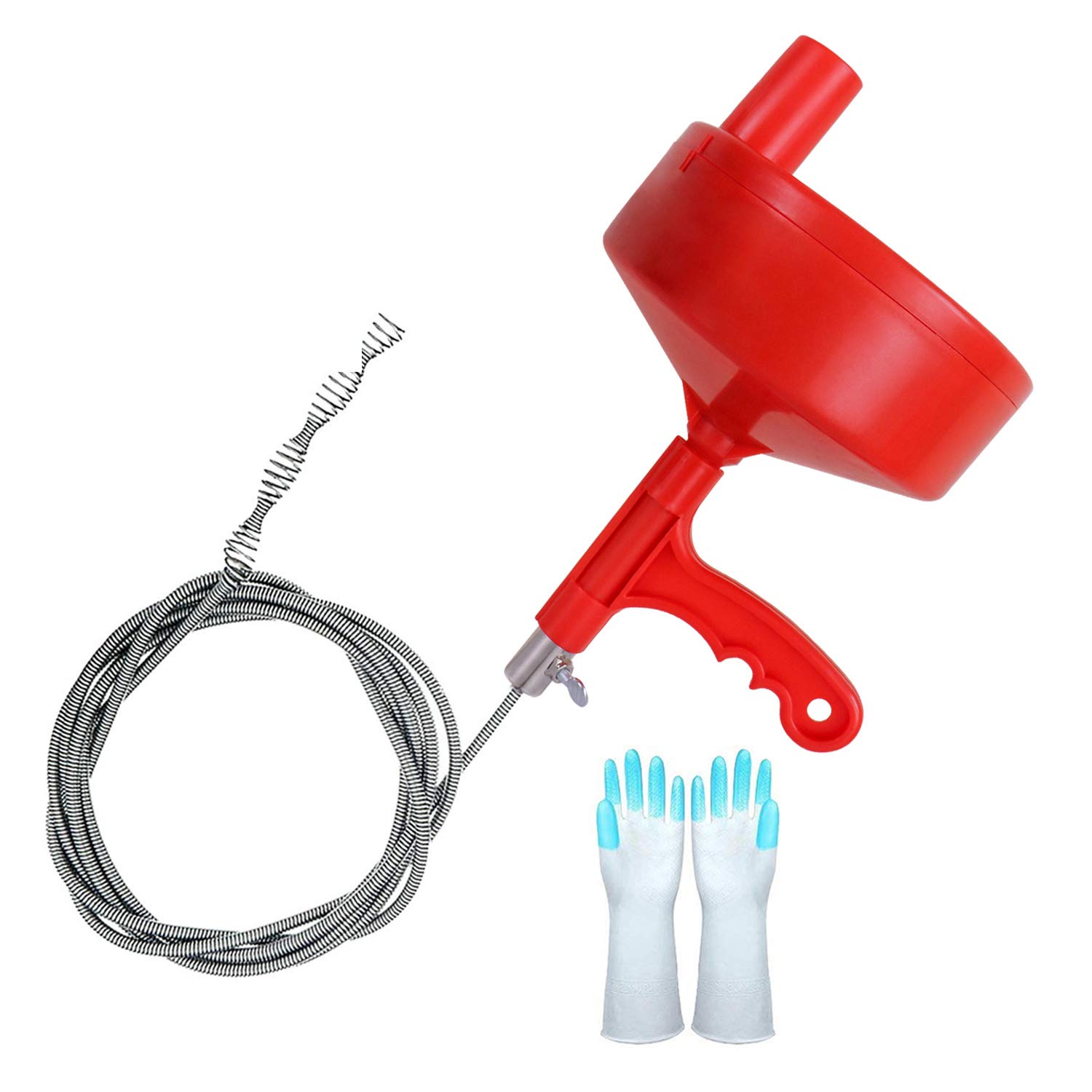
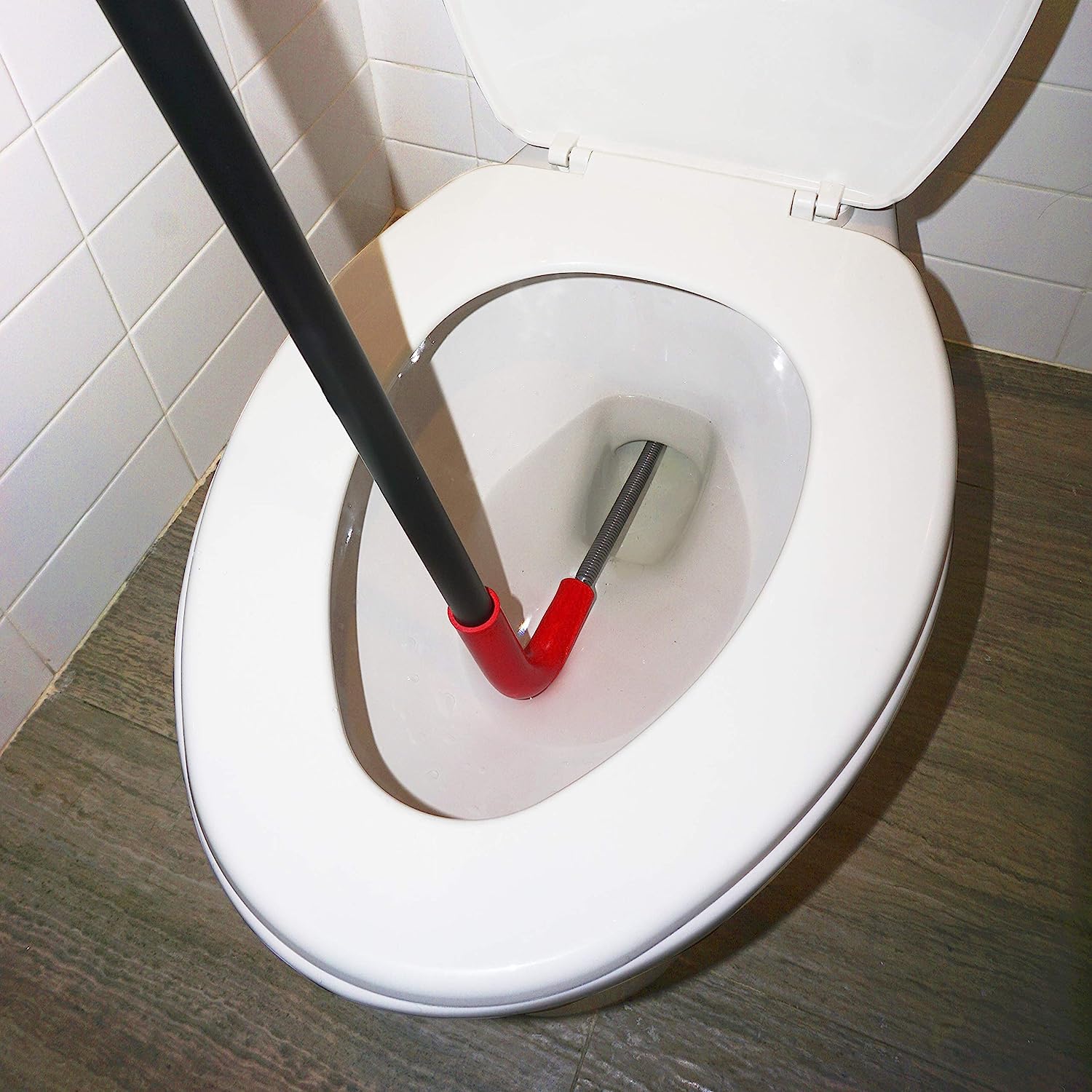
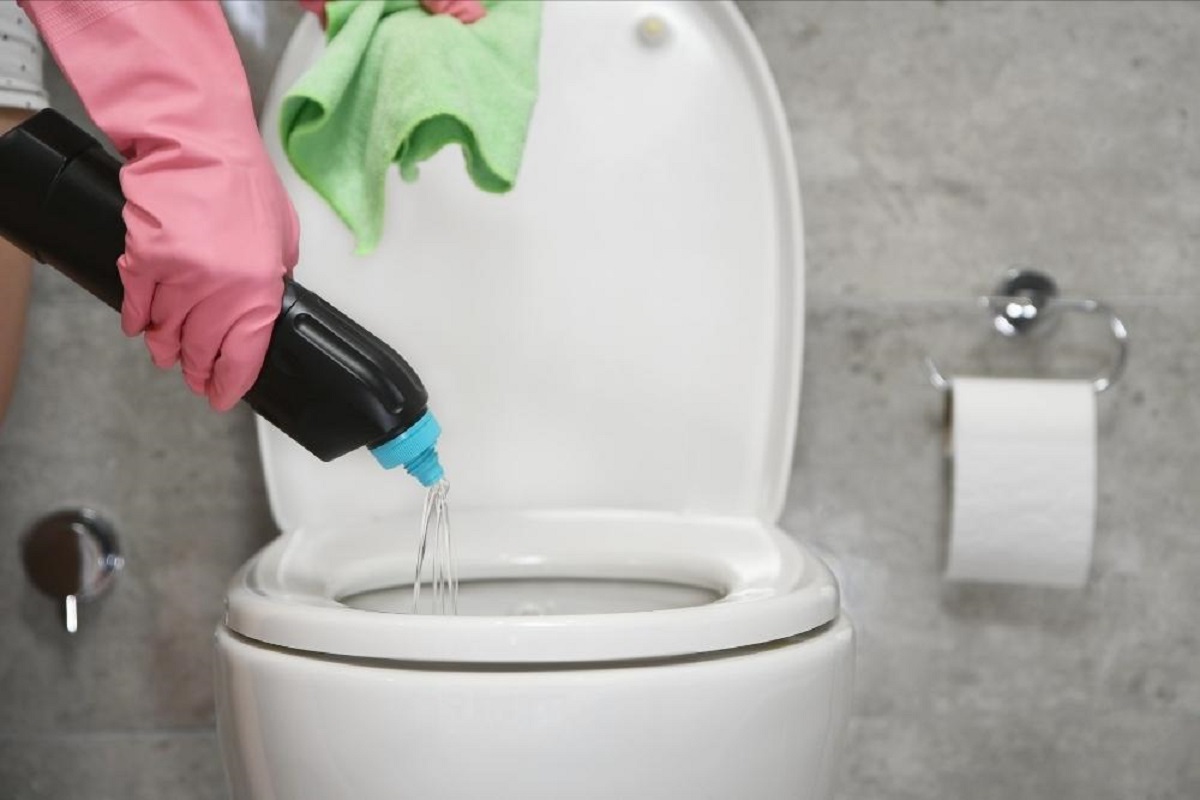
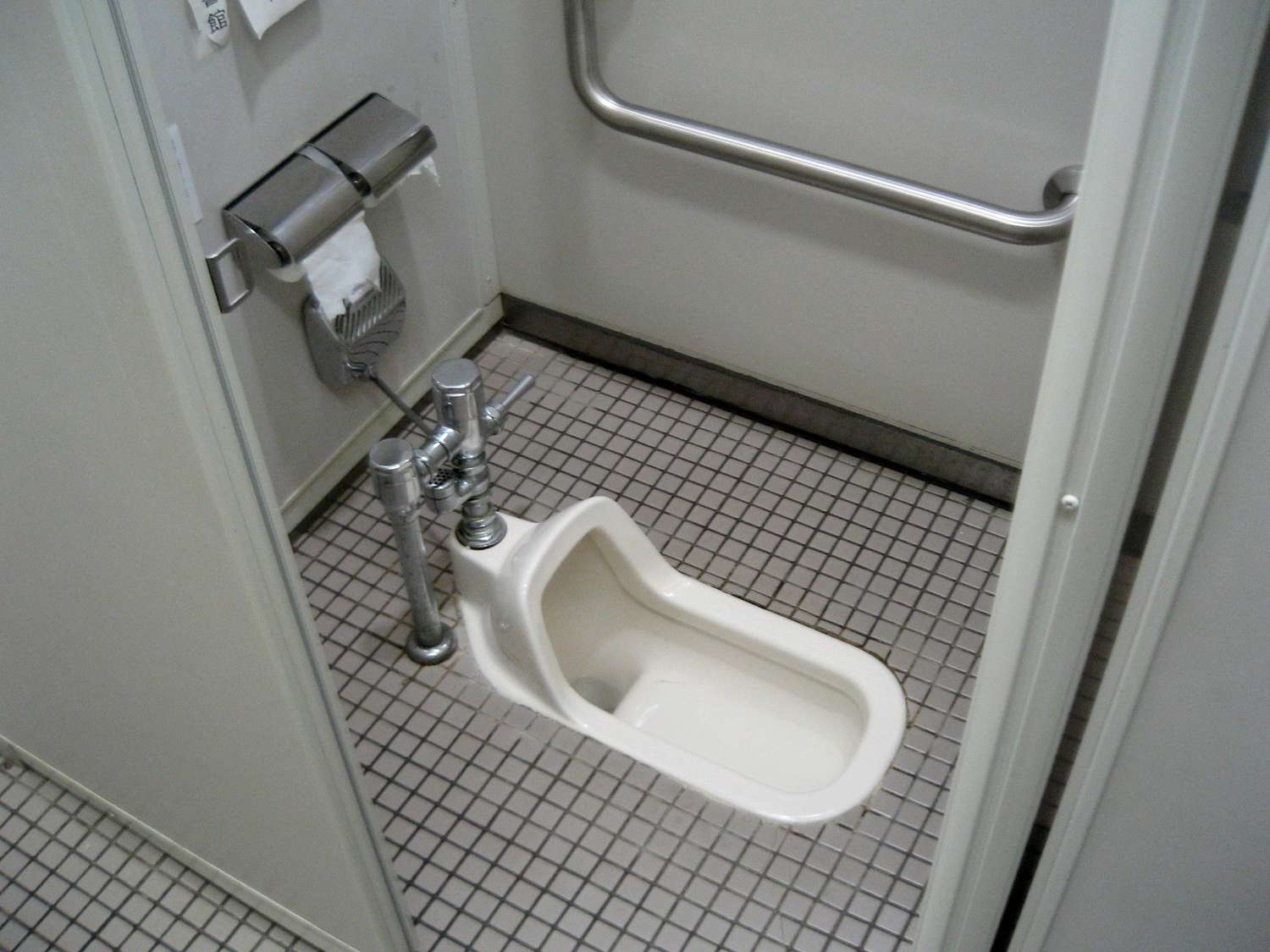
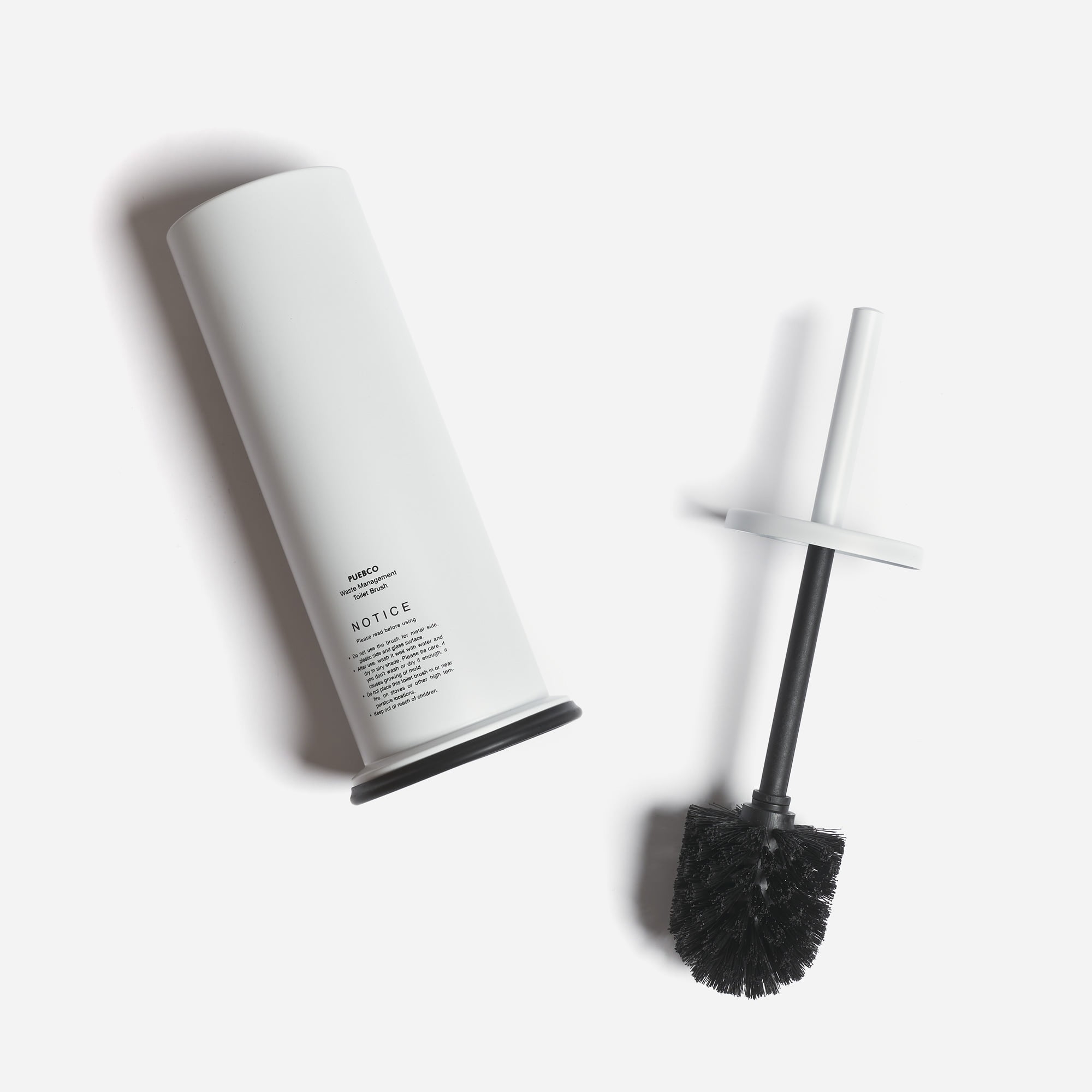
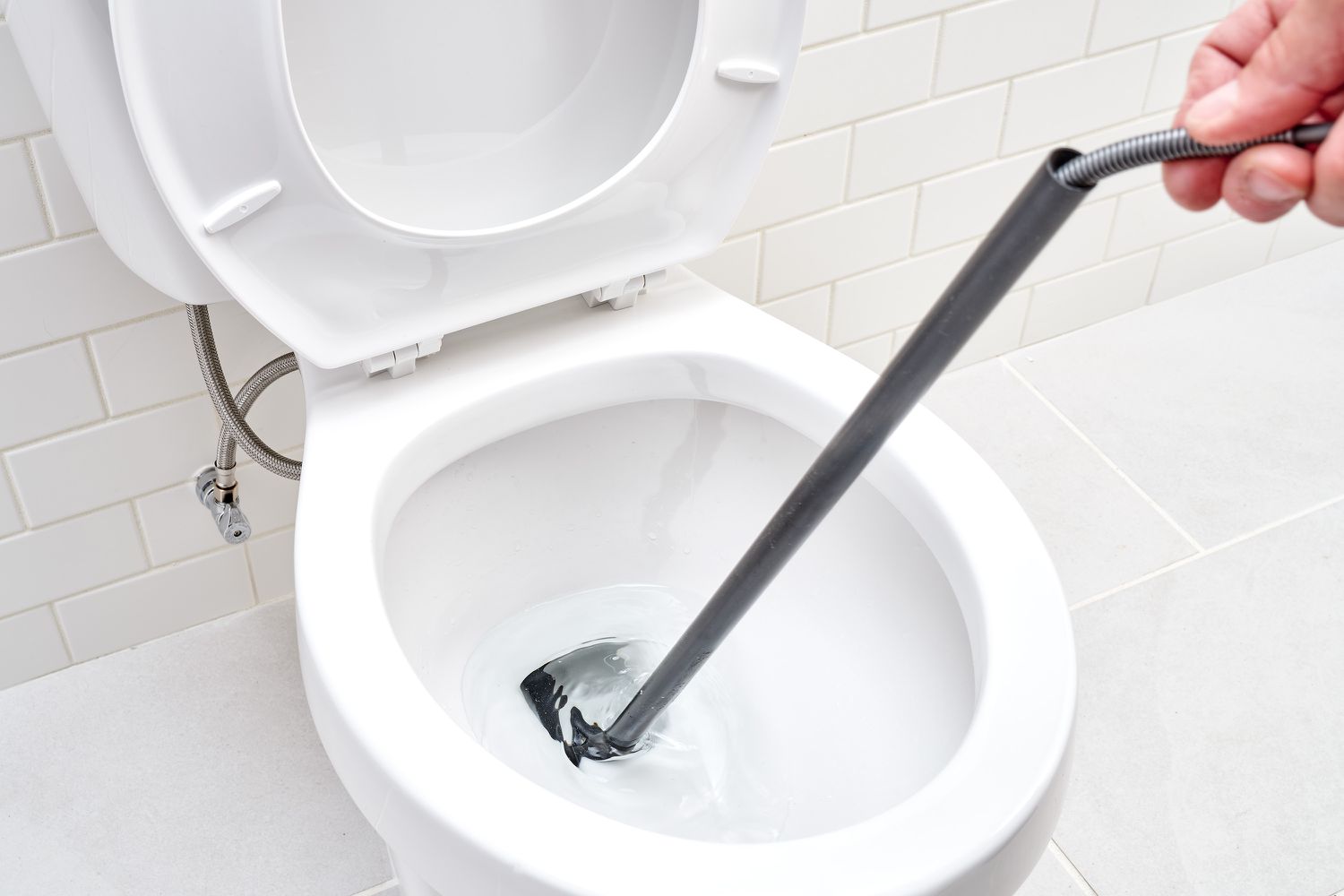
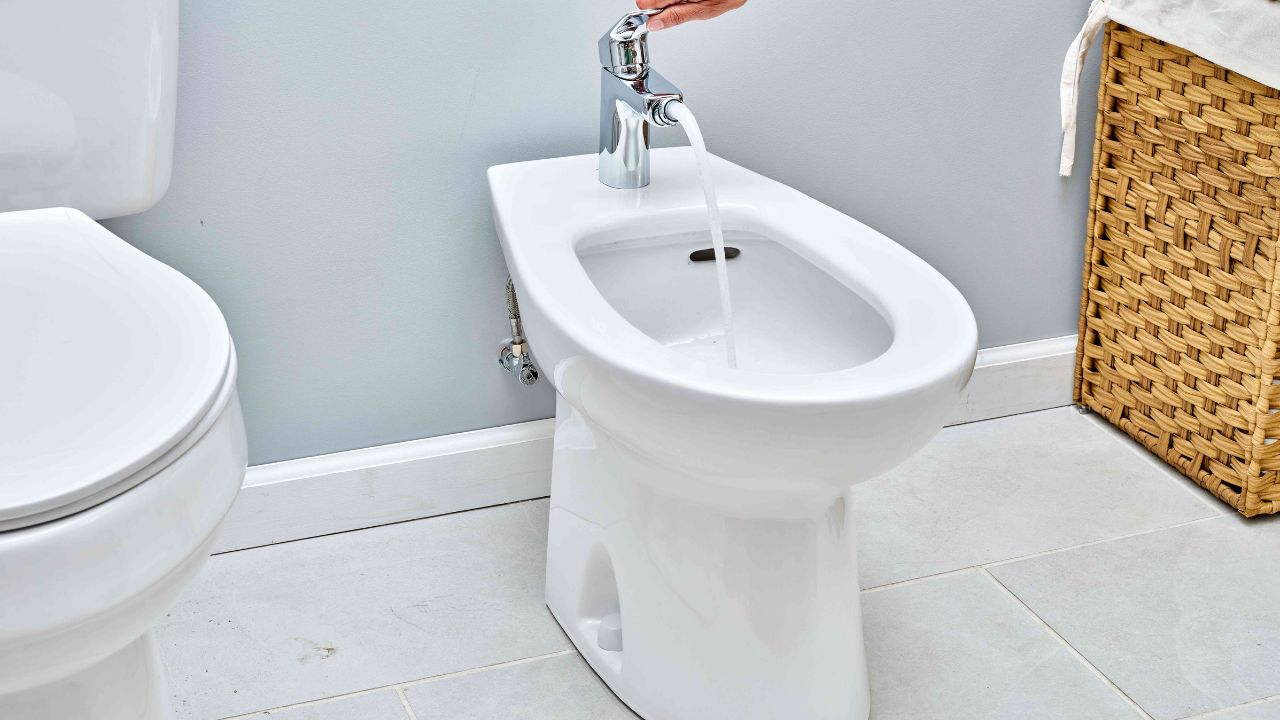
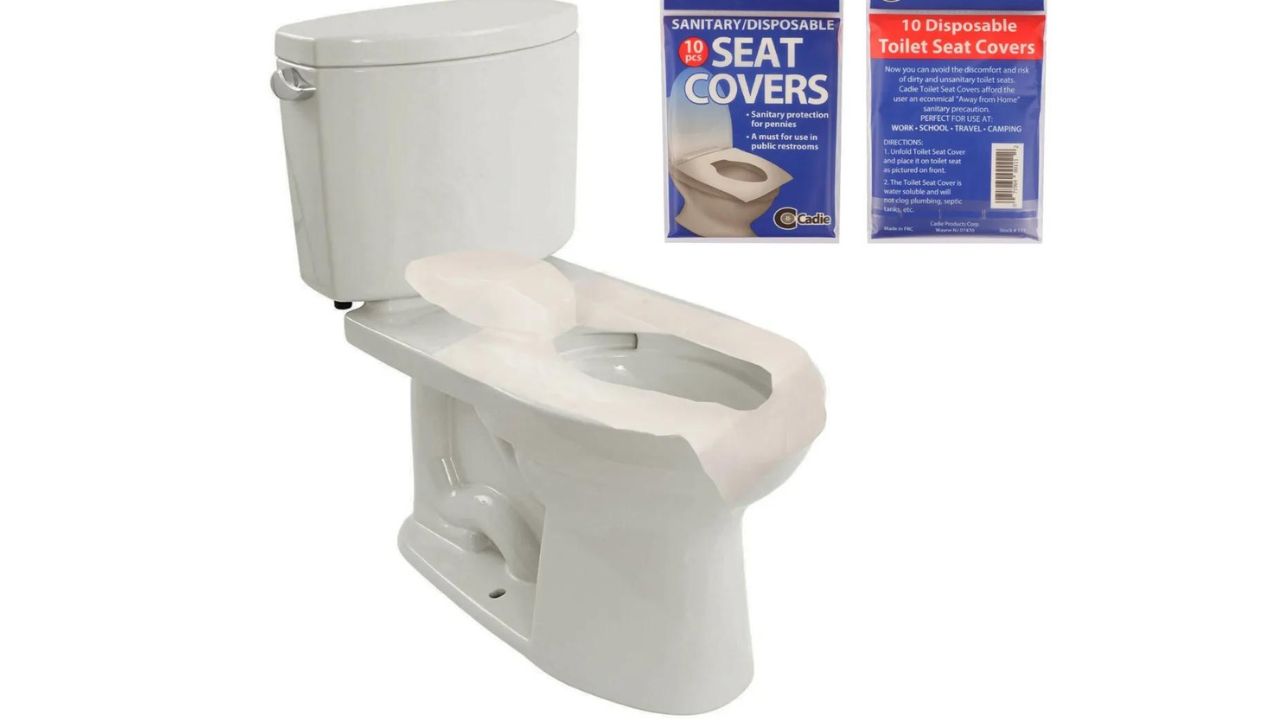
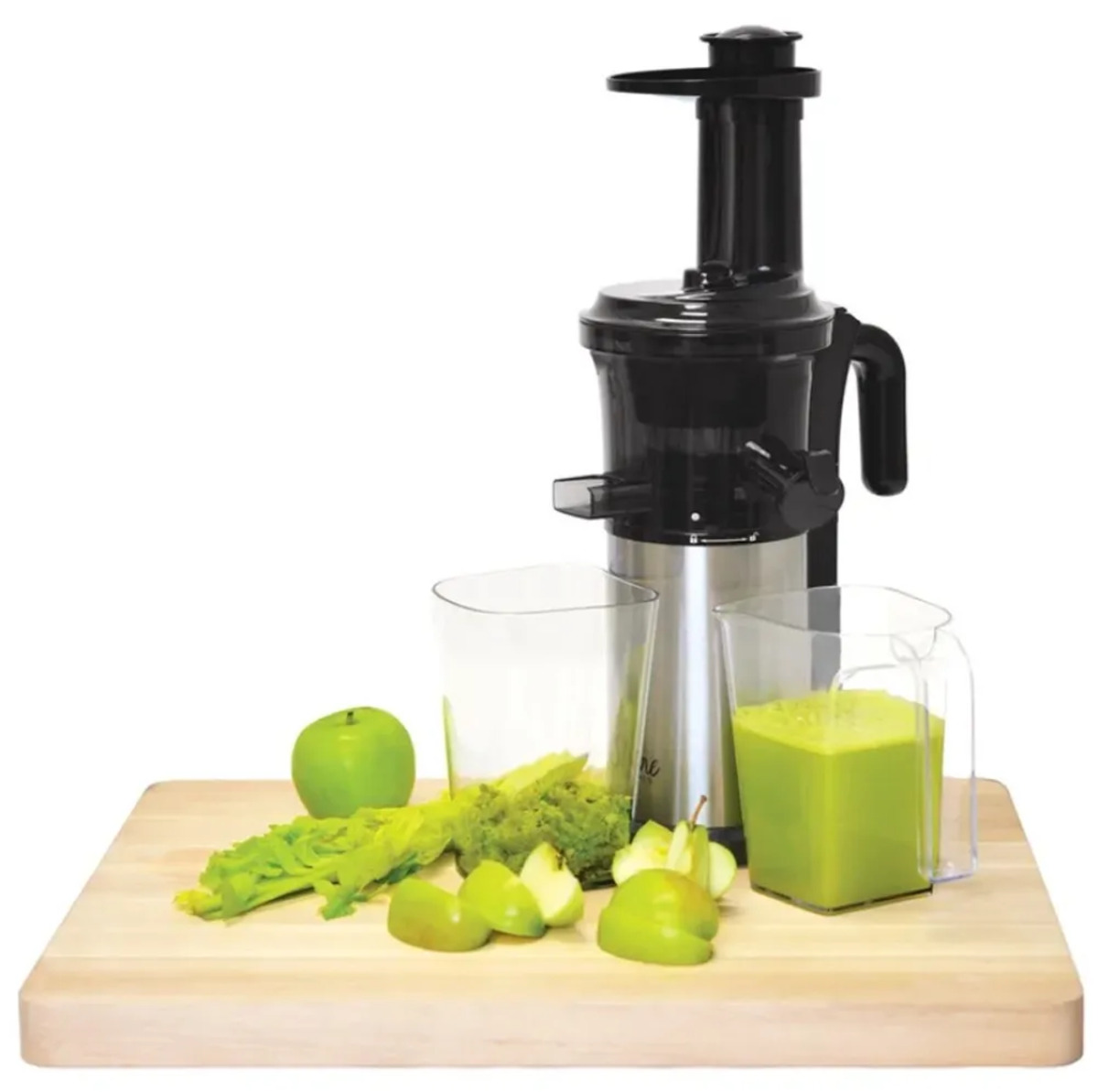
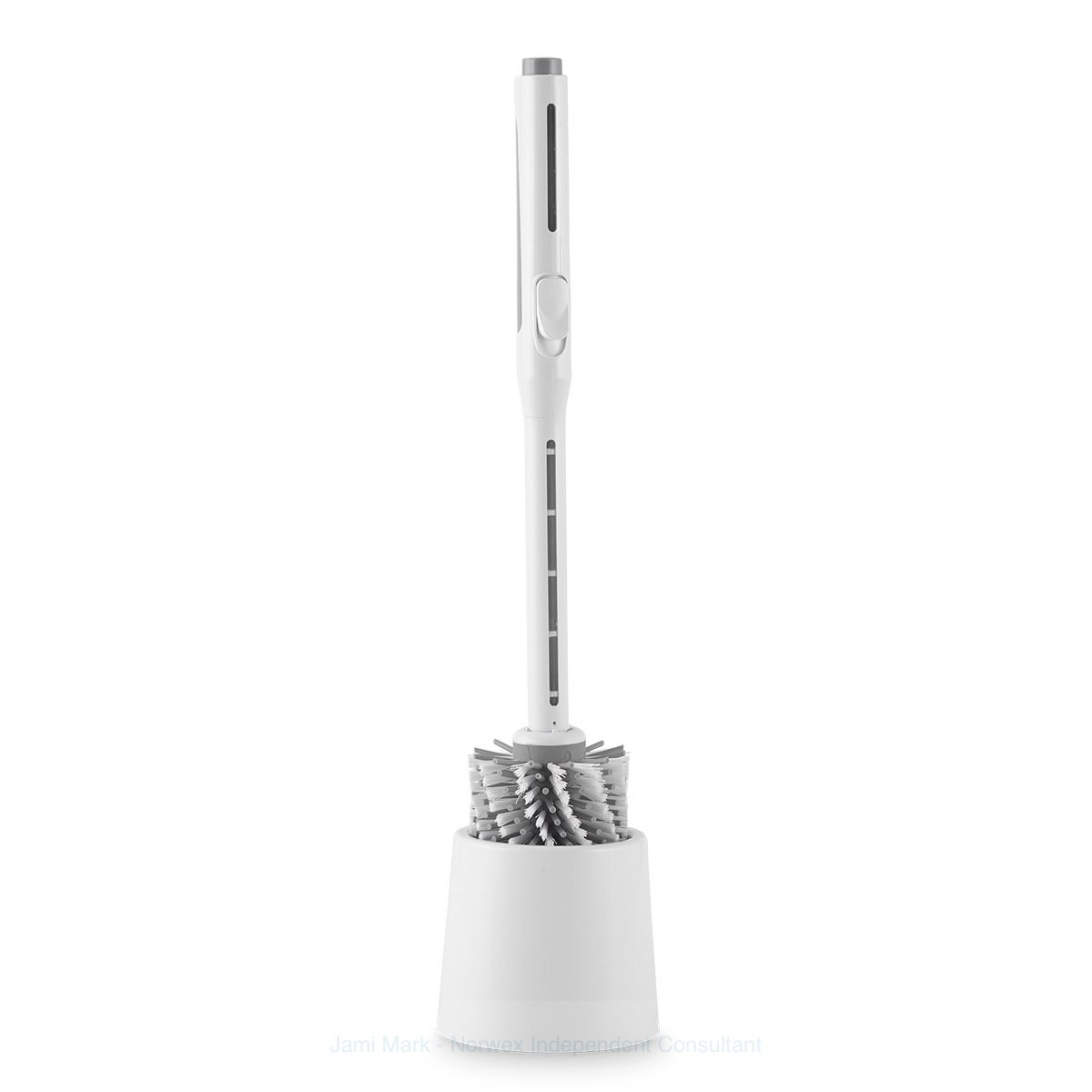
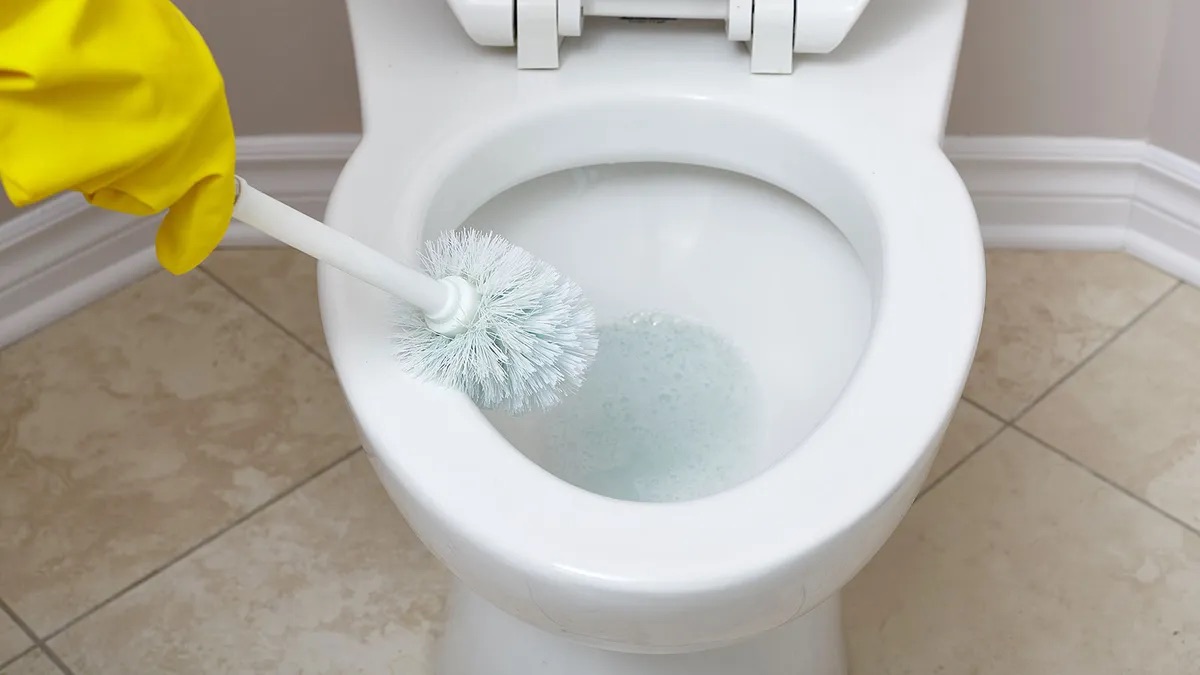
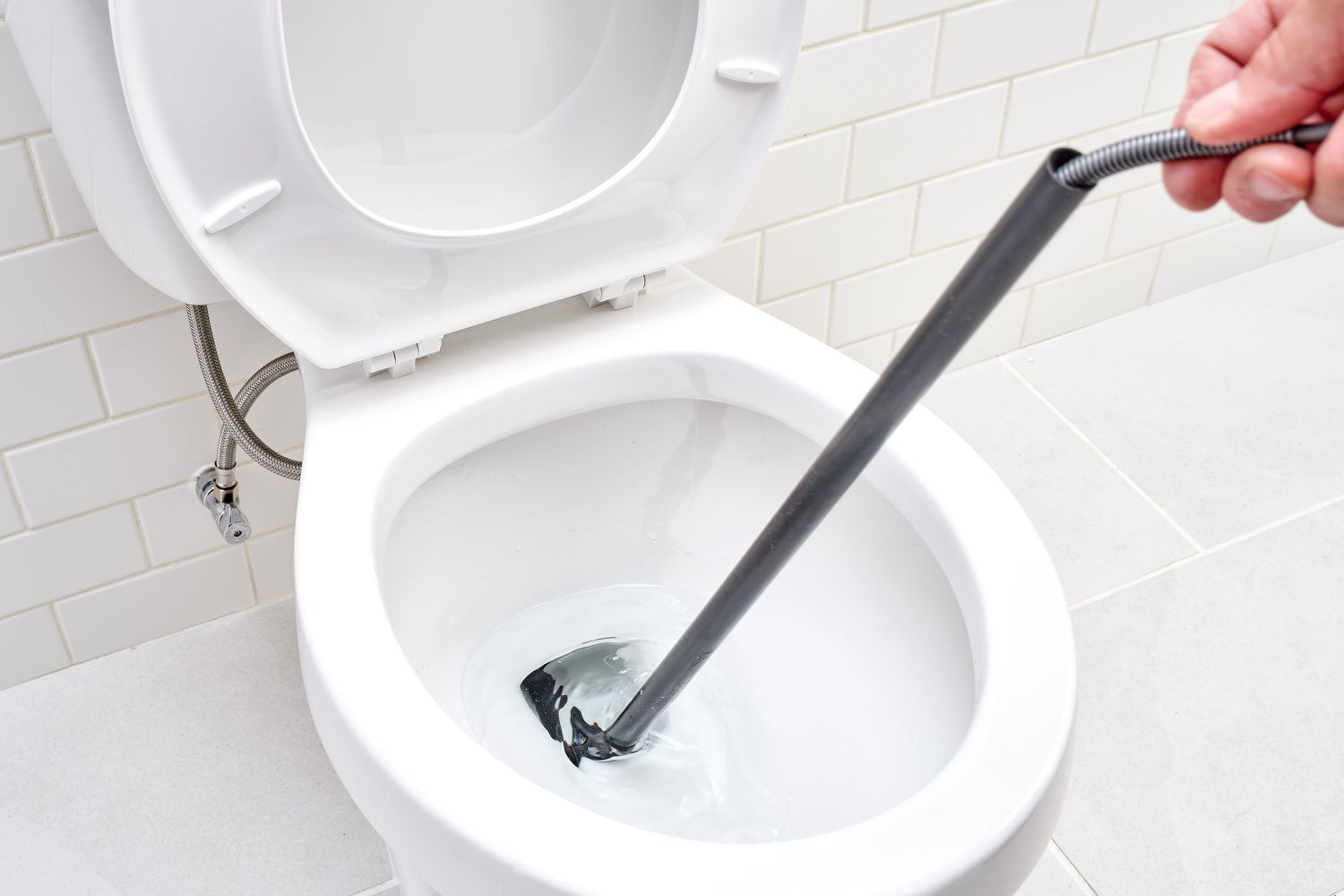
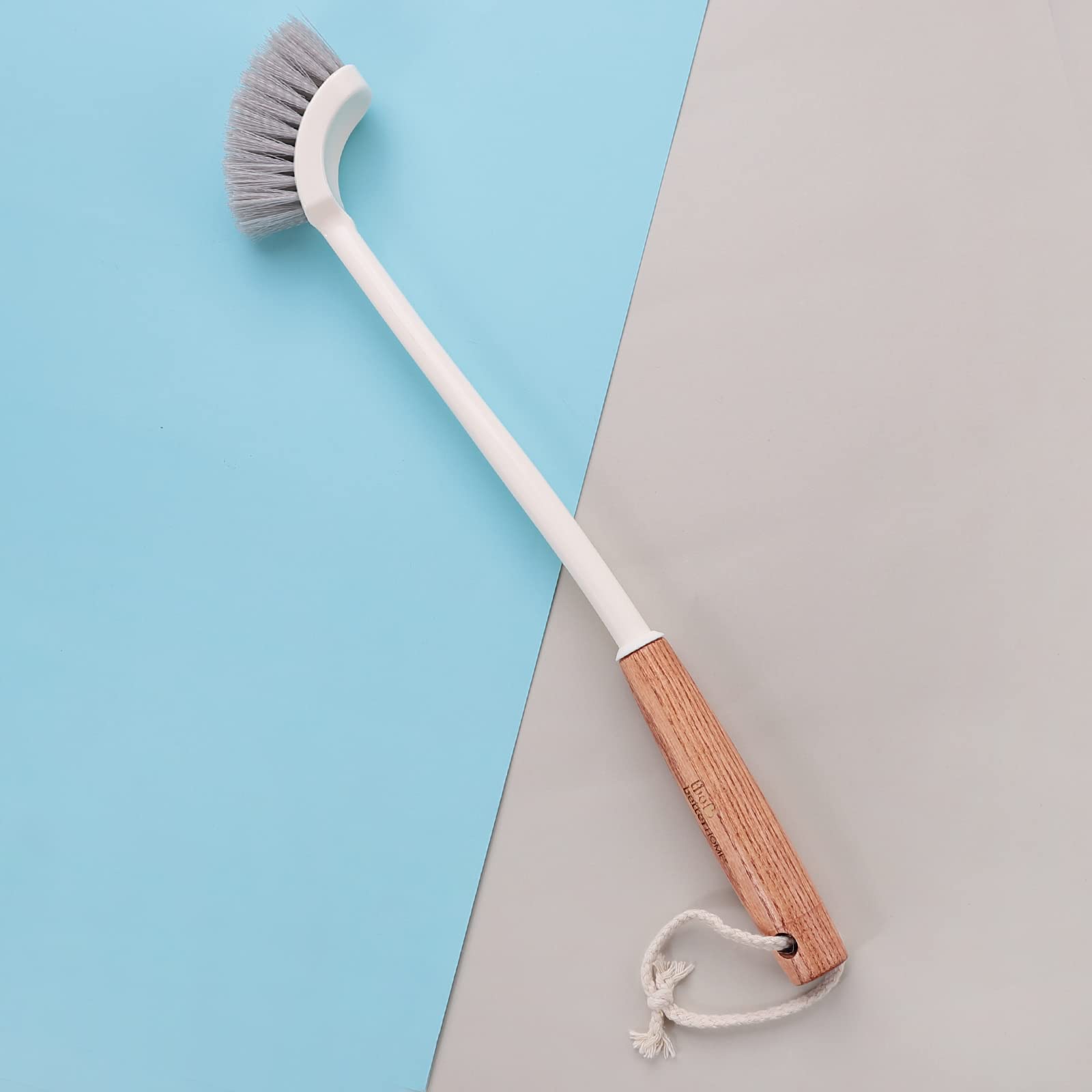

0 thoughts on “How To Use Toilet Auger”